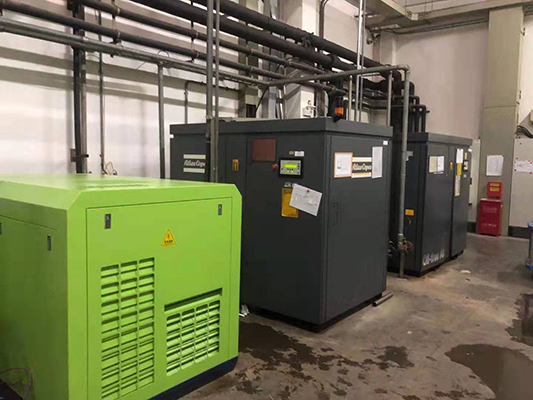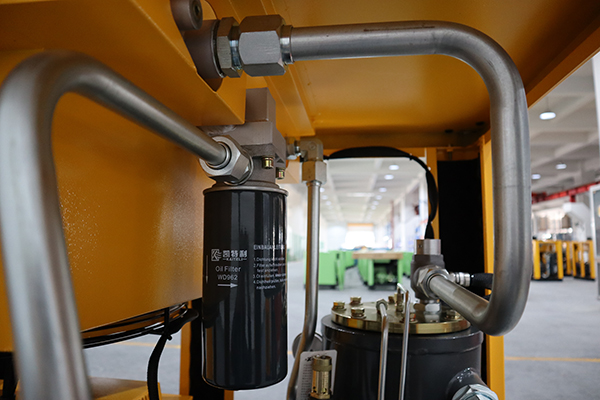Rotary Screw Air Compressor Remote Monitoring Features
News 2025-10-24
Rotary screw air compressors are essential in various industrial applications, providing reliable compressed air for processes ranging from manufacturing to energy production. Remote monitoring features have become a critical advancement, allowing operators to oversee compressor performance without physical presence. This capability leverages modern IoT technology to transmit real-time data, enabling proactive maintenance and minimizing downtime. By integrating sensors and cloud-based systems, these features ensure that air compressors operate at peak efficiency, addressing issues like pressure fluctuations or overheating before they escalate. In an era where operational continuity is paramount, remote monitoring transforms how industries manage their compressed air systems, enhancing overall productivity and cost-effectiveness.

Key Monitoring Capabilities
Remote monitoring for rotary screw air compressors includes a suite of advanced capabilities designed to deliver precise operational insights. Systems track parameters such as discharge pressure, temperature, and energy consumption in real time, using wireless connectivity to send data to centralized dashboards. This allows for immediate detection of anomalies, such as leaks or inefficiencies, through automated alerts via email or mobile apps. Additionally, features like predictive analytics use historical data to forecast potential failures, helping maintenance teams schedule interventions efficiently. These capabilities not only extend the lifespan of the equipment but also optimize energy use, making them indispensable for high-demand environments.
Diverse Industrial Applications
In manufacturing settings, remote monitoring of rotary screw air compressors supports continuous production by ensuring stable air supply for tools and automation systems. For instance, in automotive plants, it helps maintain consistent pressure for painting and assembly lines, preventing defects caused by air flow interruptions. In the food and beverage industry, these features monitor hygiene-critical processes, such as packaging, by detecting contaminants or pressure drops that could compromise product safety. Similarly, in energy sectors like oil and gas, remote monitoring facilitates oversight of compressors in remote locations, reducing the need for on-site visits and enhancing safety in hazardous conditions. This versatility underscores the adaptability of remote monitoring across sectors.
Performance and Efficiency Gains
Implementing remote monitoring significantly boosts the performance of rotary screw air compressors by providing data-driven insights that lead to tangible efficiency improvements. Operators can fine-tune settings based on real-time feedback, reducing energy consumption by up to 20% in some cases, which directly impacts operational costs. The ability to diagnose issues remotely minimizes unplanned downtime, a common challenge in industrial settings that can cost thousands per hour. Furthermore, by promoting preventive maintenance, these features enhance equipment reliability and longevity, ensuring that compressors deliver consistent performance under varying loads. Overall, the integration of remote monitoring elevates the standard of air compression technology in modern industrial operations.


